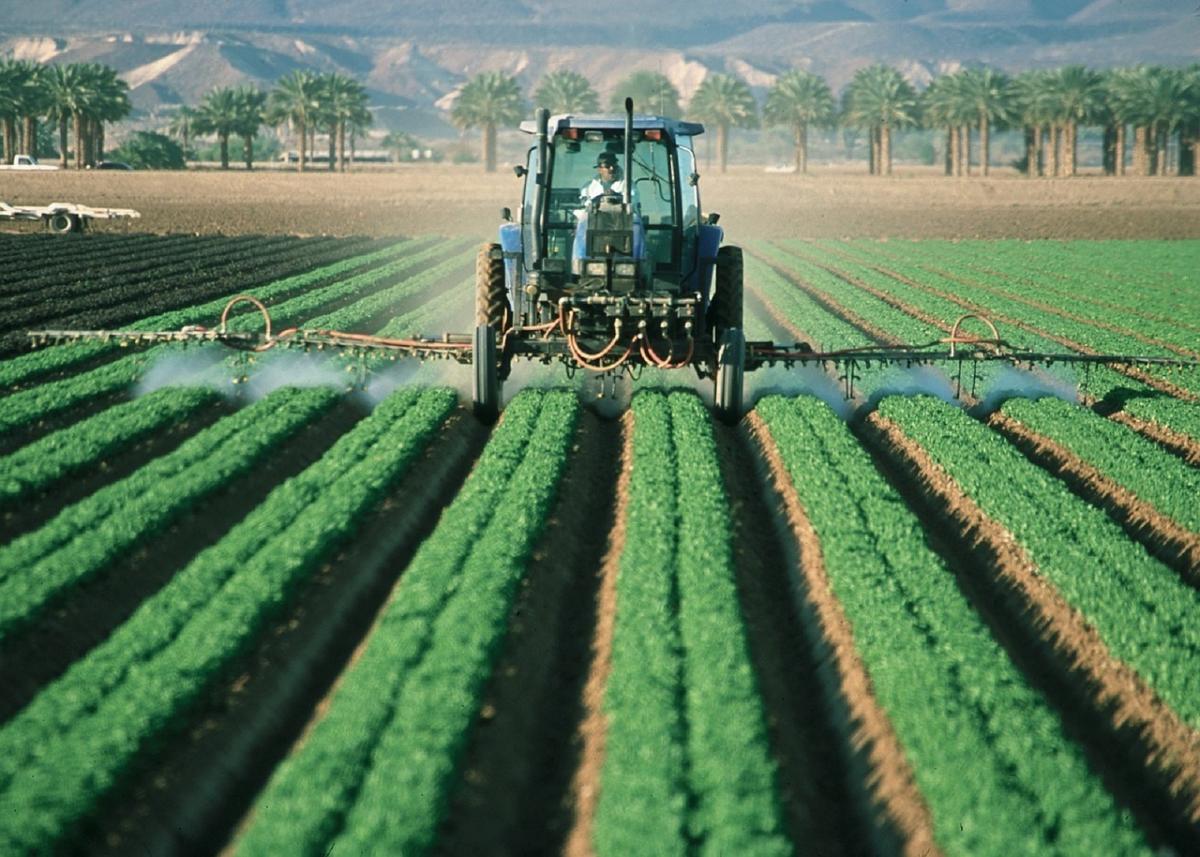According to a recent report by DEC Research, North America held the dominant position in the autonomous farm equipment market, with a revenue of more than $26 billion. The growth in the use of tractors and combine harvesters endowed with auto steering and the rising use of drones in farm operations can be credited for this large revenue generation.
This one snuck up on many people who follow the growing autonomous vehicle space, which is now in a holding pattern waiting for state, local, and federal regulations to catch up with the technology. We seem to have the technology now but have yet to figure out how to regulate autonomous, insure autonomous, and even understand what autonomous means to humans and our day-to-day lives.
Enter the farms. They need autonomous equipment, and much of the equipment is running there today. Chances are high that if you eat a vegetable in the next few years, a farming robot may have been part of the production process.
What doesn’t hinder farms from playing with autonomous equipment is the push for regulation in other vertical markets. Since these driverless tractors, combines, harvesters, and planters operate on private property, away from the public, the danger that one of these things will rise up and kill somebody is very low. This, despite the fact that I was scared out of my 12-year-old wits after watching Killdozer, “A small construction crew on an island is terrorized when a spirit-like being takes over a large bulldozer and goes on a killing rampage.”
What does this have to do with computing? Everything. I know from personal experience that most autonomous farming equipment exists as edge devices for public cloud-based systems. They also control the operations, analytics, and use of cognitive-based systems. In other words, the big brain exists within the cloud to drive the entire operation, and operations-oriented processing and data is stored within the equipment.
Automobiles will use a similar model, with a mix of processing that occurs within the vehicle and the connected data and processing that exists in a public cloud. We’re still trying to figure out the balance. However, with the advent of 5G and more dependable bandwidth, placing most of the processing centrally in a public cloud will likely be the best choice.
So when you look at that farmer’s field and think that a farm is as far away from high tech as you can get, think again. Innovation is happening there right now. We’ll likely learn more about autonomous vehicles from farms than from Silicon Valley.






